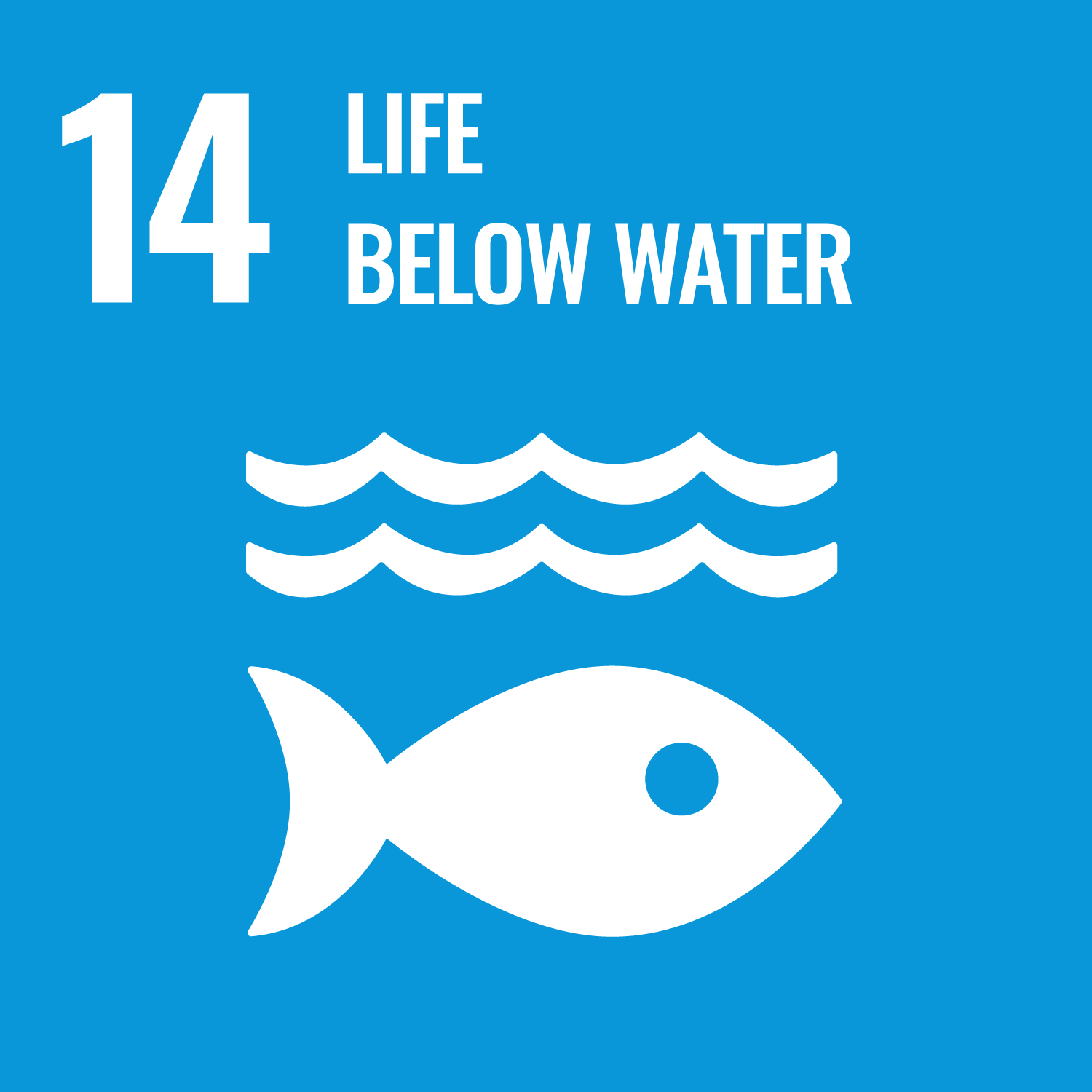ORCID
- Andrew Turner: 0000-0003-0505-4561
Abstract
Although microplastics (MPs) are ubiquitous contaminants that have been extensively studied in the marine setting, there remain gaps in our understanding of their transport and fate in the coastal zone. In this study, MPs isolated from surface sediments sampled from a large beach-dune complex in southwest England have been quantified and characterised. Concentrations above a detectable size limit of 30 to 50 μm ranged from about 40 to 560 MP kg−1 dry weight but, despite local sources of plastics such as an estuary and seasonal tourism, there were no significant differences in median concentrations between different orthogonal foreshore transects and the dunes or according to zonal location on the beach. The majority of MPs were black and blue fibres of <1 mm in length that were constructed of polymers of density > 1 g cm−3 (e.g., rayon, polyester, acrylic). A significant correlation was found between MP concentration and the proportion of very fine sand (100 to 250 μm) but relationships with other granulometric or compositional markers of sediment (e.g., volume-weighted mean diameter, circularity, calcium content) were not evident. An association of MP concentration with very fine sand was attributed to similar particle depositional characteristics and the entrapment of fibres within small interstitial spaces. Overall, the observations reflect the wavelaid and windlaid deposition of MPs from a diffuse, offshore source, and, despite their role as accumulators of particles from the foreshore, dunes do not appear to act as a landward barrier of MPs.
DOI Link
Publication Date
2024-01-20
Publication Title
Science of the Total Environment
Volume
909
ISSN
0048-9697
Acceptance Date
2023-11-10
Deposit Date
2024-04-24
Embargo Period
2024-04-25
Funding
We thank Christie Estates for granting permission to carry out sampling at Braunton Burrows and Michaela Parish for assistance with sampling. We are grateful to Jodie Fisher, Jamie Quinn, Billy Simmonds and Rich Hartley (all University of Plymouth) for technical assistance.
Additional Links
Keywords
Aeolian, Anthropogenic, Deposition, Fibres, Grain size, Rayon
Recommended Citation
Anderson, R., & Turner, A. (2024) 'Microplastic transport and deposition in a beach-dune system (Saunton Sands-Braunton Burrows, southwest England)', Science of the Total Environment, 909. Available at: 10.1016/j.scitotenv.2023.168535


